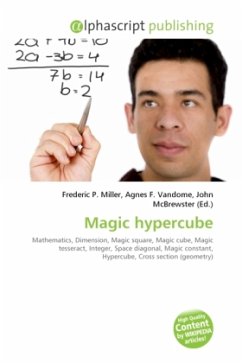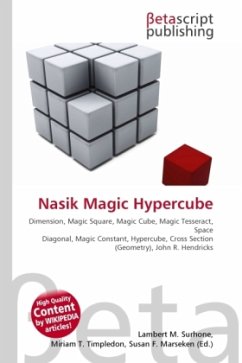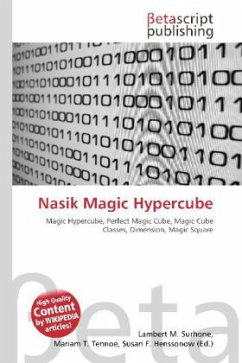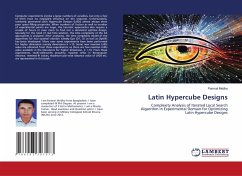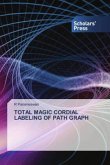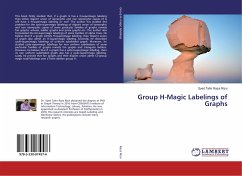In mathematics, a magic hypercube is the k-dimensional generalization of magic squares, magic cubes and magic tesseracts; that is, a number of integers arranged in an n × n × n × ... × n pattern such that the sum of the numbers on each pillar (along any axis) as well as the main space diagonals is equal to a single number, the so-called magic constant of the hypercube, denoted Mk(n). It can be shown that if a magic hypercube consists of the numbers 1, 2, ..., nk, then it has magic numberIf, in addition, the numbers on every cross section diagonal also sum up to the hypercube's magic number, the hypercube is called a perfect magic hypercube; otherwise, it is called a semiperfect magic hypercube. The number n is called the order of the magic hypercube. Five-, six-, seven- and eight-dimensional magic hypercubes of order three have been constructed by J. R. Hendricks. Marian Trenkler proved the following theorem: A p-dimensional magic hypercube of order n exists if and only if p 1 and n is different from 2 or p = 1. A construction of a magic hypercube follows from the proof.
Bitte wählen Sie Ihr Anliegen aus.
Rechnungen
Retourenschein anfordern
Bestellstatus
Storno

